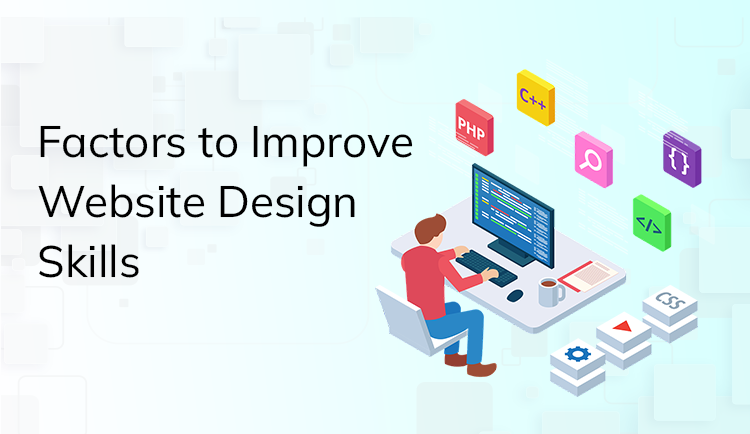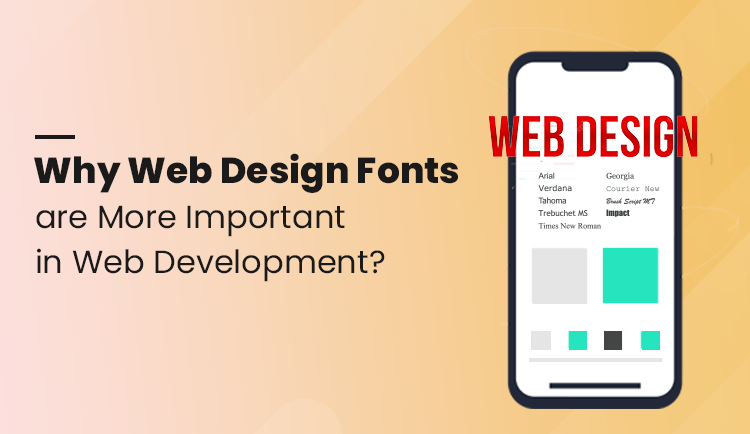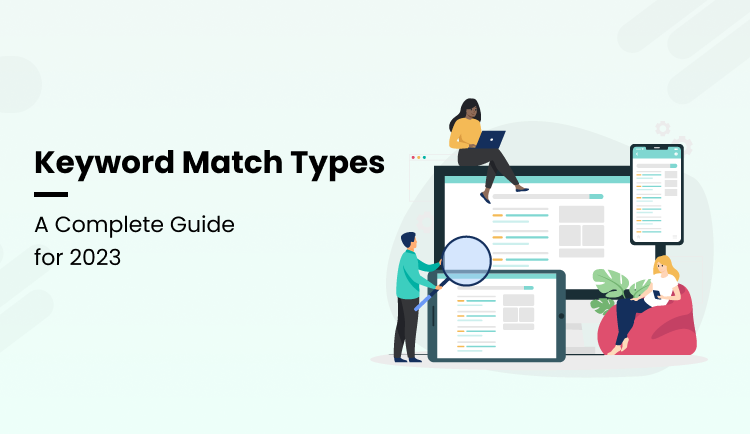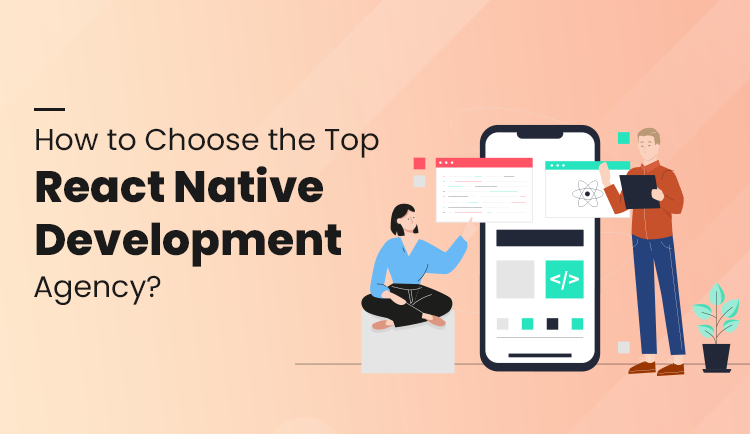
10 Factors to Improve Website Design Skills
Introduction
There are several elements we must bear in mind when working in the field of web development. The first is, of course, quality; there is no getting around it. High-quality work pays better, saves time, scales better, and is generally a nice thing to strive for and improve website design.
Quality develops via practice. More projects will be developed, more issues will be solved, and a varied team and community will be available to seek assistance. However, it is not the only factor!
What good is a well-designed application if it took a year to complete and the deadline was just a few months away? No one will consent to such a long wait. And quality is still a very subjective concept. It’s not that simple to quantify.
What is the Definition of ‘Value’ in Web Design?
The term “value” can refer to a variety of things. And we all have something special inside of us that we can share with them based on our life experiences. The trick is that you must take an honest look deep within yourself to do this.
Try keeping a list each and writing them down. Clients may appreciate your communication, passion, listening skills, empathy, and so on. Everyone who is reading this already possesses a few traits that are valuable. Leverage your talents and make them work for you and your clients after you’ve identified them to improve website design.
Why is Discipline important?
Consultants, in particular, require discipline to aid in productivity and meeting deadlines, which often seem to creep up on us faster than we think.
Time management is an important aspect of this. Getting to work entails turning off social media and removing oneself from potential distractions. Use your time wisely to enjoy a creative process that is a leisurely walk rather than a frenzied dash.
It is critical to control your work ethic as well as the discipline of expanding your knowledge and abilities. Design blogs, online seminars, and meetings will help you stay current with industry developments.
10 Ways for improvement
We don’t need to know music theory to write a song, and you can sketch even if you’ve never taken an art class. Some of us may have an instinctive creative ability, but knowing the foundations may be the difference between duplicating what you see and being able to create a planned and unique design.
A well-chosen image may enhance a design by adding colour and clarity. Even bad photos may well be brought to life with a little photo editing magic. Having trained eyes for adjusting colour levels, brightness, saturation, and contrast may go a long way toward making average photos seem spectacular.
The very first step is to alter your thoughts and perspective on web design. It is not only a matter of making things appear nice. It is about resolving issues in order to reach a goal to improve website design.
You’re upon that correct road if you’re wondering, “How am I meant to address problems using design?” This is the first thing you should ask yourself. And now you’re ready to go down the rabbit hole that is design thinking.
There are several books and articles about design thinking. Obsess on this and then begin delving into them. It will alter your perspective on design. As a result, we tend to jump directly into the aesthetics of design without comprehending the majority of the ‘whys’ and ‘how’s.’
1. Boost Productivity with Tooling
Because of the vast developer community that surrounds us, we have a seemingly infinite amount of tools at our disposal to help us with our everyday tasks. When a developer can offer work more rapidly, they have more time to learn and improve their craft.
There’s also a problem if you can’t find a few free hours a day due to “a lot of work” and don’t take care of yourself. Work will virtually never be decreased, but you may become more efficient and improve website design.
2. Create a website
There is nothing better than practicing on an actual website to enhance your web design abilities. Instead of asking friends and family to labor for free for clients, create your own website.
There are several methods for learning design and becoming a professional self-taught designer. The first thing I recommend is that you immerse yourself in design. Obsess yourself! You’ll know you’re here on the right road when your YouTube and Google feed suggestions only include suggested web design articles and videos.
Remember, individuals go to school for this, and they spend endless hours there learning, studying, and practicing. You must do the same, but on your own and without the assistance of student loans.
This might be based on a pastime, something you’re interested in, or a need you notice. This may even evolve into a successful venture for you in the future, but for now, your aim is to just practice and improve your web design abilities to improve website design.
3. Colour Scheme That Works
Shoppers underestimate the importance of colour palettes. Colors may elicit many emotional reactions, such as serenity, pleasure, or irritation. When it comes to choosing colours in your website design, you must consider your company’s specialty, target demographic, branding, and colour theory aspects.
Are you attempting to express the personality of your business through a bright and lively orange or a professional, tranquil blue? Regardless of your choice, taking the time to explore the finest colour selections will leave a great impact on your guests.
4. Branding
Branding is essential for all organizations, large and small. The style and placement of your brand’s emblem influence the overall impression of a viewer. Professionally created logos effectively capture the attention of something like the client and offer a clear image of the brand’s distinct voice.
Consider utilizing the same logo on packaging, print advertising, and branded gear to strengthen your brand’s identification. When a company’s branding is consistent, it offers customers an integrated and memorable brand experience.
5. Maintaining Concentration
This one is difficult, but like with the previous examples, there are methods to enhance it. Staying concentrated over an extended period of time is a talent that can be learned and honed. Some are better than others though, and everybody can learn.
Finding out which one distracts you and aggressively reducing that is the greatest thing you can do. It is not easy; it requires time and effort.
However, try to eliminate as many distractions as possible. You must also be disciplined – focus just on what has to be done. Hence when it’s said “nothing but work” when you’re at work. A clear division between the two will be beneficial.
6. User Interface (UI)
Whereas UX is now more concerned with the overall impact of a design, UI is more concerned with specifics. Web pages, buttons, menus, and micro-interactions are examples of UI. These elements guide an audience through an impediment-free design for a smooth experience to improve website design.
You do not need to become a UI or UX designer. Nonetheless, you should have a thorough comprehension and knowledge of the fundamentals. These are essential components from every website in order to create results in the form of improved sales, conversions, and brand message.
The user interface (UI) is concerned with how your client’s online traffic navigates around their sites. If you want to improve sales or conversions for your clients, you must direct their visitors through your design.
Whereas UX is more concerned with how a design affects someone in general, UI is more concerned with specifics. Web pages, buttons, menus, and micro-interactions are examples of UI. These elements guide an audience through an impediment-free design for a smooth experience. We also provide a UI reading list to help you extend your knowledge.
7. Connection on Social Media
It is critical to include social media links that may help keep your website active and attract additional readers from other platforms. This is also an excellent promotional tactic to employ. However, some designers choose to position them in inconvenient areas for the purpose of improve website design.
Thus, such social network icons should be positioned significantly towards the bottom so that the primary material could be properly observed, and when the visitor finishes watching the information, they should have something below to direct him to additional postings like the same.
8. Simple-to-use tabs and buttons
Hence the web pages or site is easy to navigate for the user. The transition from the home page to the support page, then to the gallery, and then to another area of the website should be so clear that the customer can quickly recall and visualize the categories or kind of navigation your website offers. This not only enhances the design of the website but also allows the user to remotely assist others in navigating it.
You are taking shortcuts at the expense of your client’s business if you did not finish a design process before beginning site development. How can you possibly produce results for your customer when your primary aim is to develop a website as quickly as possible?
And it is at this point that you must select what type of designer/developer you want to be. Do you want to attract low-paying customers who are looking for a bargain? Or do you want to be a true web designer who can provide value?
If your aim is to help your client accomplish their goal, you may provide value. To do this, you must think strategically. You may utilize it to achieve the set objectives after you understand your client’s goals, brand positioning, and target audience.
9. Sizes can be determined using the following guidelines
Hence web design includes a wide variety of skills and disciplines involved in the creation and upkeep of websites. Website visual art, user interface (UI design), authorship (both standardized code and proprietary software), user experience design (UX design), and search engine optimization are all components of web design.
The phrase “web design” refers to the design process associated with a website’s front-end (client-side) design, which includes the creation of mark-up. Online designers must understand usability, and if their work entails generating HTML, they must also be knowledgeable of web accessibility requirements.
Stop wasting time trying with different sizes all day. Finally, your paragraphs will be 14–18pts, your subtitles slightly larger (24–36), and your titles considerably larger (Personally we use between 96 and 144pt for them).
They will appear too tiny, but this is normal because you are not working in full-screen mode. Some fonts are also noticeably smaller or larger than others.
10. Composition
The placement of text, images, and other components serves both an aesthetic and a functional purpose. There is visual harmony in a design, as well as structure and hierarchy of concepts. Important material should pique our interest and look beautiful.
A well-composed layout incorporates the use of contrast, negative space, and proportional pieces to achieve balance. Take note of the design around you, such as websites, artwork, movie scenes, and advertisements. The more you become aware of and identify the good composition, the more it will appear in your own work hence improve website design.
Communication, perseverance, and patience will help you become a better designer and person. Managing customer feedback well can help you retain your calm when your sister criticizes your parallel parking. Being a good designer entails being a nice person as well.
Conclusion
The web designer, like many other occupations, needs a wide range of skills. Like design’s visual language, where text, colour, and use of space coexist in a striking equilibrium. You should be familiar with the guiding ideas that lead to effective and visually appealing work.
Don’t become overwhelmed and begin having concerns if you’re new and in the early phases of developing your web design business. We all need a place to start. In the end, we all need to learn from our mistakes hence improve website design.
With each project you complete, you acquire important experience. With each difficult customer, you learn how to select and handle clients more efficiently. When scope creeps occur, you learn how to tighten your process and communicate more efficiently. Every time a project deviates from the original plan, you learn how to enhance your project management abilities.




